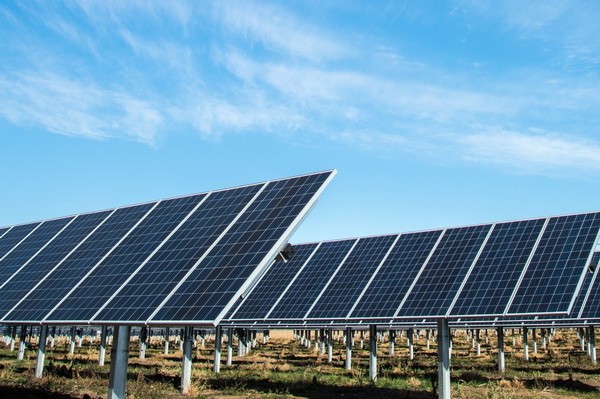Solar photovoltaics become a leader among all types of renewable energy sources
Tashkent, Uzbekistan (UzDaily.com) -- The International Renewable Energy Agency (IRENA) has published “Renewable capacity statistics 2024”.
The main conclusion of global statistics on renewable energy sources is very significant: over the past 2023, solar photovoltaics has become a leader among all types of renewable energy sources, and now its share is 37% of the total global renewable energy sources fleet. Hydropower, which previously led the way throughout the previous century, has been left behind.
The change in leadership came a year earlier than expected, as 2023 set a new record for renewable generation deployment, with 473 gigawatts (GW) of renewable energy capacity installed worldwide during the year, bringing total global renewable generation capacity to 3,870 GW. Renewable energy sources accounted for 86% of new electric power capacities that were commissioned in 2023.
Unfortunately, the growth of renewable generation is uneven in different regions of the world: for example, over the past year, China commissioned 297 GW of renewable energy sources, while all African countries together only 2.7 GW.
“Such unevenness is explained not only by the poverty of developing countries, but also by imperfect planning and management of national energy systems, which leads to a chronic lag in development,” emphasizes the international coordinator of the environmental coalition “Rivers Without Borders” Evgeniy Simonov. “Officials in such countries often conservatively focus on the development of only one type of renewable energy sources, which contradicts the objectives of sustainable development.”
As an example, the expert cites Kyrgyzstan, where the president called not to be afraid to increase the national debt to 15 billion US dollars (exceeding the entire GDP of the country) in order to build the giant Kambarata hydroelectric power station-1 and cascades of hydroelectric power stations on all major rivers of the republic.
In Tajikistan, the construction of a single Rogun hydroelectric power station lasted for half a century, becoming a replacement for the national idea, and the cost of constructing a hydroelectric power station exceeded the entire GDP of the country. It is noteworthy that both Kyrgyzstan and Tajikistan already receive 80-90% of all electricity produced in the country from old Soviet hydroelectric power stations, but suffer from seasonal energy shortages caused by uneven river flows, which are aggravated by climate change.
“To prevent a slowdown in the development of Central Asian countries, it is necessary to go beyond standard methods and begin the comprehensive development of diversified energy systems based on the most cost-effective technologies,” says Alexander Kolotov, regional director of the environmental coalition “Rivers Without Borders.” “Currently, new hydroelectric power stations, as producers of cheap energy, are inferior to competition from solar and wind stations, the construction of which is 2-4 times cheaper, takes 3-9 times less time and is associated with much fewer social and environmental problems.”
Indeed, according to the latest statistics from IRENA, a record low hydroelectric power capacity will be commissioned worldwide in 2023 - about 7 GW in 30 countries. This amounted to only 1.5% of the total annual growth of renewable energy sources. Thus, hydropower is gradually leaving the global energy scene: since 2014, the annual commissioning of hydroelectric power plants in the world has decreased by six times, and in China, the world leader in the construction of hydroelectric power stations, the volume of commissioning of new hydroelectric power plants has decreased tenfold.



